Blister Cartoner Price Comparison: What Affects the Cost
When it comes to blister cartoning machines, understanding the factors that influence their cost is crucial for making informed purchasing decisions. The price of a blister cartoner can vary significantly based on several key factors, including machine specifications, automation level, production capacity, and customization options. Generally, basic models may start around $50,000, while high-end, fully automated systems can exceed $500,000. Factors such as brand reputation, technological advancements, and additional features like servo motors or integrated inspection systems can also impact the final price. By carefully considering these elements, businesses can find a blister cartoning solution that balances their budget with their specific packaging needs and production requirements.
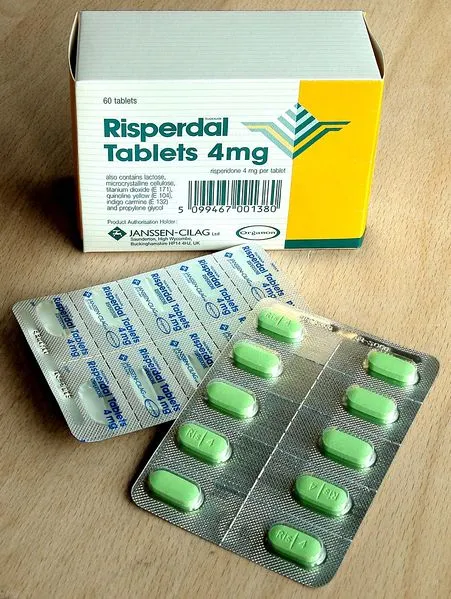
Key Factors Influencing Blister Cartoner Prices
Machine Specifications and Capabilities
The specifications and capabilities of a blister cartoner play a significant role in determining its price. Higher-end models often come equipped with advanced features that enhance performance and efficiency. These may include precision servo motors for improved accuracy, sophisticated control systems for seamless operation, and robust construction materials for durability. Additionally, machines capable of handling a wider range of blister sizes and carton formats typically command higher prices due to their versatility.
Automation Level
The degree of automation in a blister cartoning machine directly impacts its cost. Fully automated systems, which require minimal human intervention, are generally more expensive than semi-automated or manual alternatives. These high-tech solutions often incorporate features like automatic feeding systems, integrated quality control mechanisms, and self-adjusting components. While the initial investment for automated blister cartoners may be higher, they can lead to significant long-term savings through increased productivity and reduced labor costs.
Production Capacity and Speed
The production capacity and speed of a blister cartoner are crucial factors in its pricing. Machines capable of higher output rates, measured in blisters or cartons per minute, typically come with a premium price tag. High-speed blister cartoning equipment often incorporates advanced engineering solutions to maintain precision and quality at elevated production rates. For businesses with large-scale packaging needs, investing in a high-capacity machine can be more cost-effective in the long run, despite the higher upfront cost.
Customization and Additional Features
Tailored Solutions for Specific Industries
Customization options can significantly influence the price of a blister cartoner. Many industries, such as pharmaceuticals and consumer electronics, have unique packaging requirements that necessitate specialized features. For instance, pharmaceutical-grade blister cartoners may include clean room compatibility, material traceability systems, or tamper-evident sealing mechanisms. These industry-specific adaptations often result in higher costs due to the additional engineering and specialized components required.
Integration of Advanced Technologies
The integration of cutting-edge technologies can substantially impact blister cartoning machine pricing. Modern blister cartoning machines may incorporate features like IoT connectivity for real-time monitoring and predictive maintenance, artificial intelligence for optimized performance, or augmented reality systems for enhanced operator training and troubleshooting. While these advanced technologies can significantly improve efficiency and reduce downtime, they also contribute to a higher initial investment.
Quality Control and Inspection Systems
Built-in quality control and inspection systems are valuable additions to blister cartoning machines, but they also affect the overall cost. High-end models may include vision systems for detecting defects, weight checking mechanisms to ensure accurate product filling, or serialization capabilities for track-and-trace requirements. These features not only enhance product quality and compliance but also reduce the risk of costly recalls or regulatory issues, justifying their impact on the machine's price.
Long-term Considerations in Blister Cartoner Investment
Total Cost of Ownership
When evaluating blister cartoner prices, it's essential to consider the total cost of ownership beyond the initial purchase price. Factors such as energy efficiency, maintenance requirements, and spare parts availability can significantly impact long-term operational costs. More expensive machines may offer lower running costs through reduced energy consumption, longer service intervals, or simplified maintenance procedures. Additionally, the durability and expected lifespan of the equipment should be factored into the overall value proposition.
Scalability and Future-proofing
Investing in a blister cartoning machine that can accommodate future growth and changing market demands is crucial for long-term cost-effectiveness. Some manufacturers offer modular systems that allow for easy upgrades or reconfigurations, enabling businesses to adapt their packaging capabilities without replacing entire machines. While these flexible solutions may come at a higher initial cost, they can provide significant savings and operational advantages as a company's needs evolve.
After-sales Support and Training
The level of after-sales support and training provided by the manufacturer can influence both the initial price and long-term value of a blister cartoner. Comprehensive training programs, responsive technical support, and readily available spare parts can minimize downtime and optimize machine performance. Some manufacturers may include these services in the purchase price, while others offer them as additional packages. Considering the potential impact on productivity and maintenance costs, these support services can be a crucial factor in the overall price comparison.
Conclusion
In conclusion, the price of a blister cartoning machine is influenced by a complex interplay of factors, including specifications, automation level, customization options, and long-term considerations. While initial cost is an important factor, it's crucial to evaluate the total value proposition, including potential productivity gains, quality improvements, and long-term operational savings. By carefully assessing these factors and aligning them with specific business needs, companies can make informed decisions that balance cost with performance, ensuring a wise investment in their packaging capabilities.
Contact Us
For more information about our range of blister cartoning machines and to discuss your specific packaging needs, please contact us at [email protected]. Our team of experts at Zhejiang Haizhong Machinery Co., Ltd. is ready to help you find the perfect blister cartoner solution for your business.
References
Johnson, R. (2022). Advances in Pharmaceutical Packaging Technology: A Comprehensive Review.
Smith, A. & Brown, B. (2021). Cost-Benefit Analysis of Automated Packaging Systems in the Consumer Goods Industry.
Zhang, L. et al. (2023). Impact of Industry 4.0 Technologies on Packaging Equipment Efficiency and Cost.
Patel, K. (2020). Blister Packaging: Trends, Challenges, and Innovations in the Global Market.
European Packaging Federation. (2022). Annual Report on Packaging Machinery Market Trends.
Lee, S. & Park, J. (2023). Sustainable Packaging Solutions: Balancing Cost and Environmental Impact in Blister Cartoning.

Submit the form now to get a unique quote!
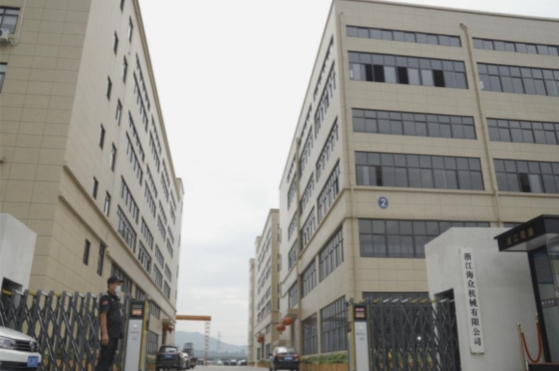
ZHEJIANG HAIZHONG MACHINERY CO., LTD.
Popular Blogs
-
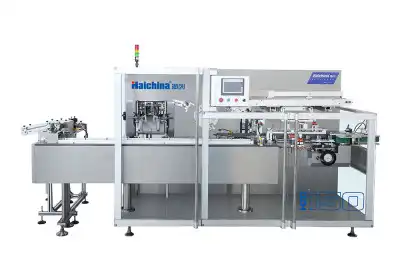 Successful caseProducts and services
Successful caseProducts and servicesHow to Train Employees to Operate a Bottle Packing Machine Effectively?
-
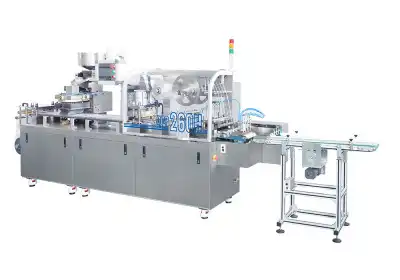 Successful caseIndustry insights
Successful caseIndustry insightsThe Blister Packaging Process: A Complete Step-by-Step Guide
-
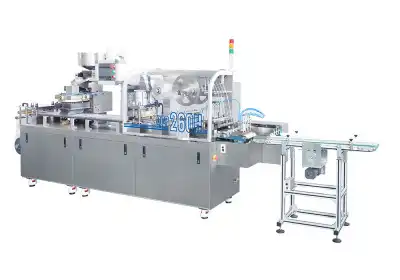 Successful caseComparative analysisIndustry insights
Successful caseComparative analysisIndustry insightsWhat Type of PVC Is Best for Blister Packing Machines?